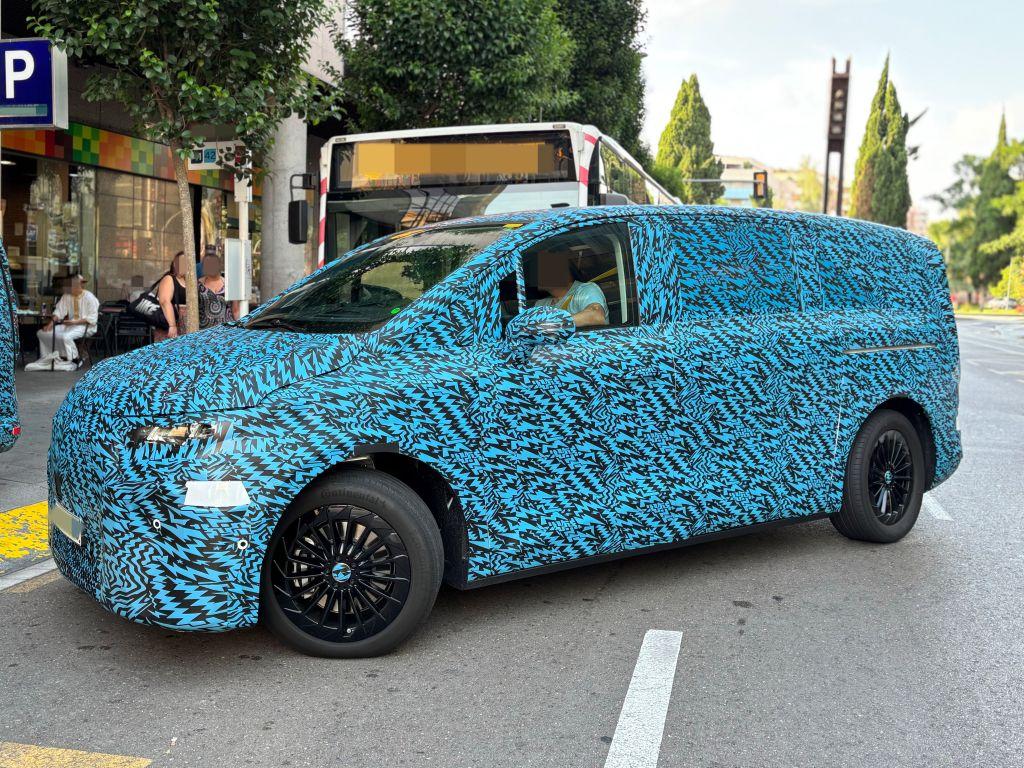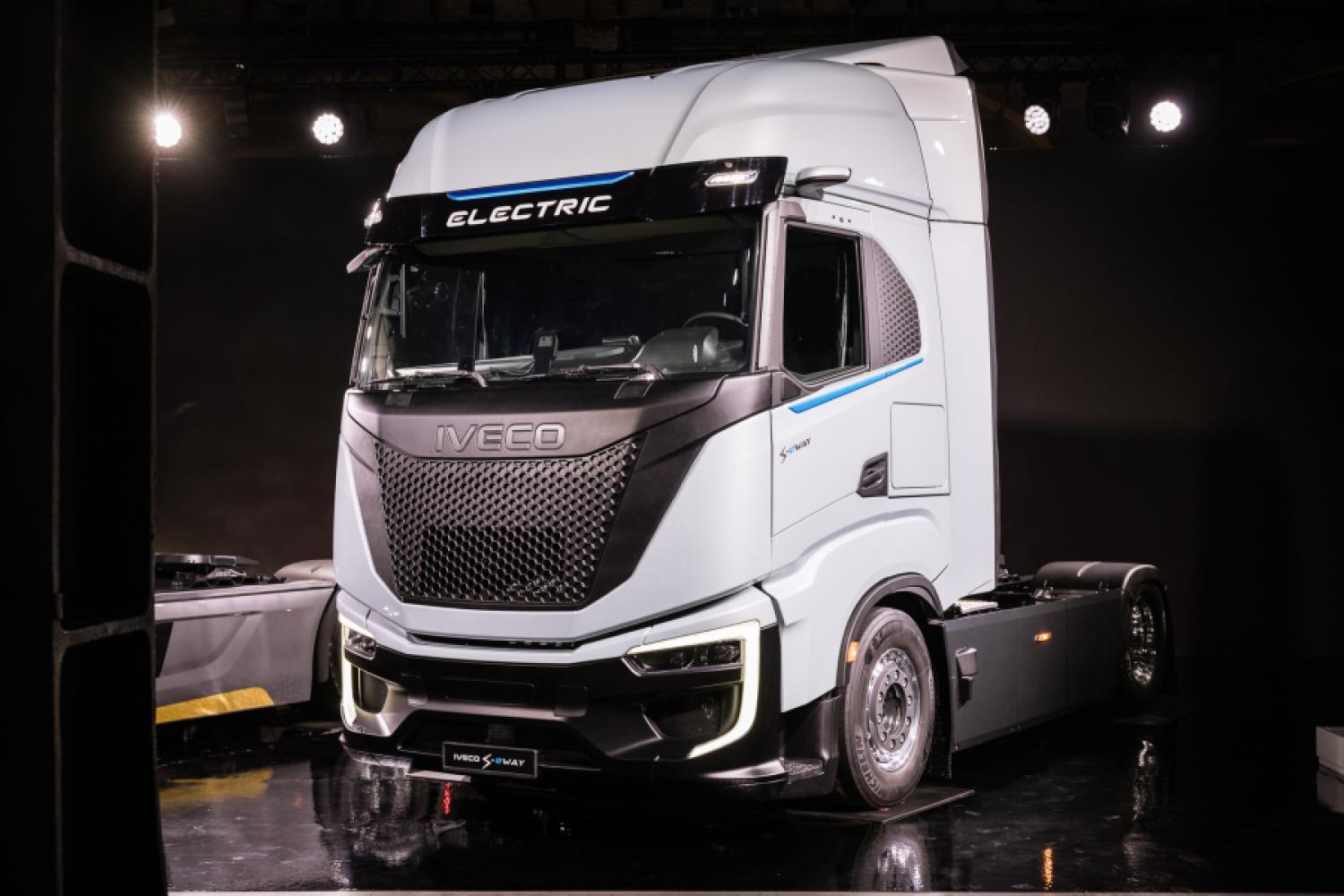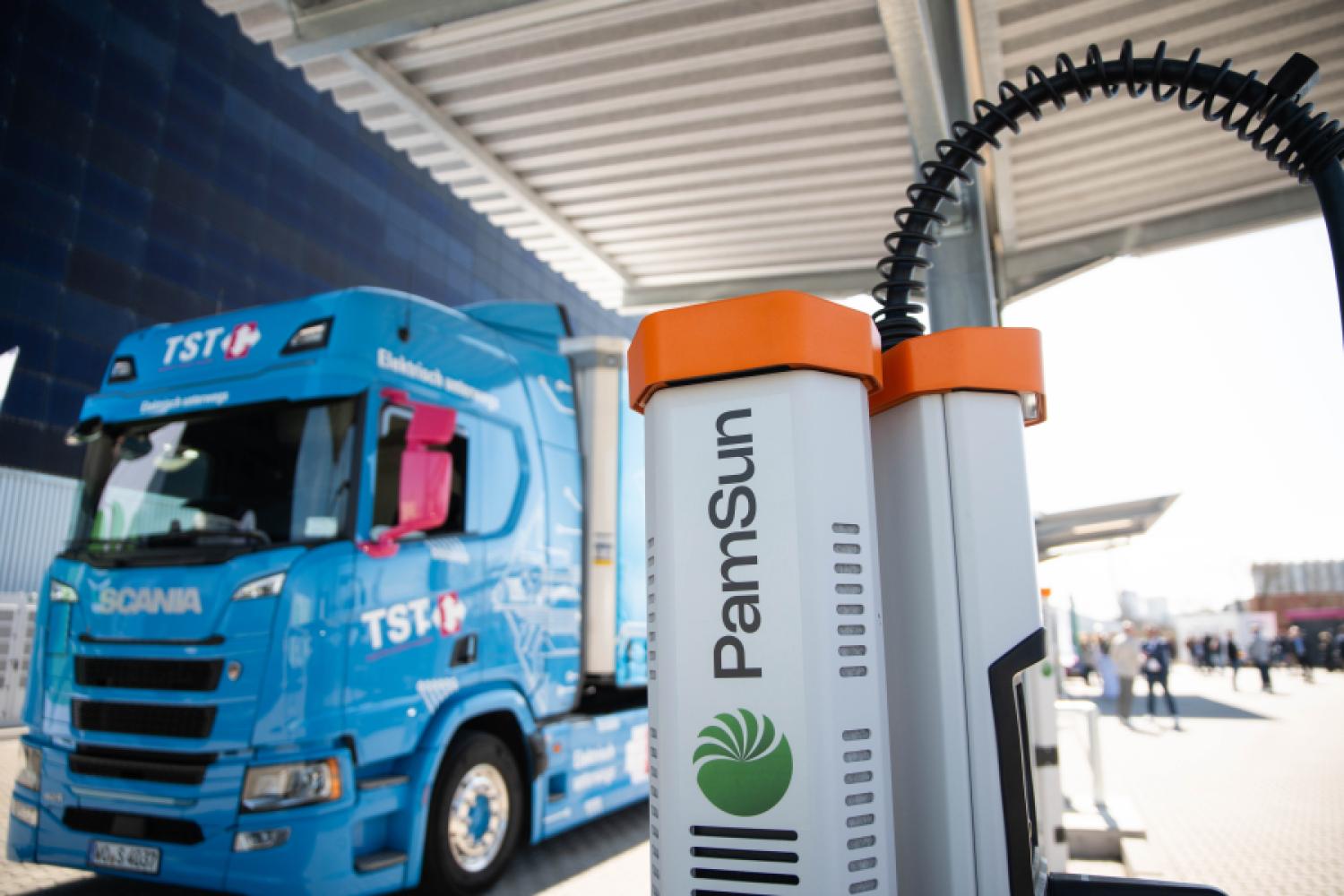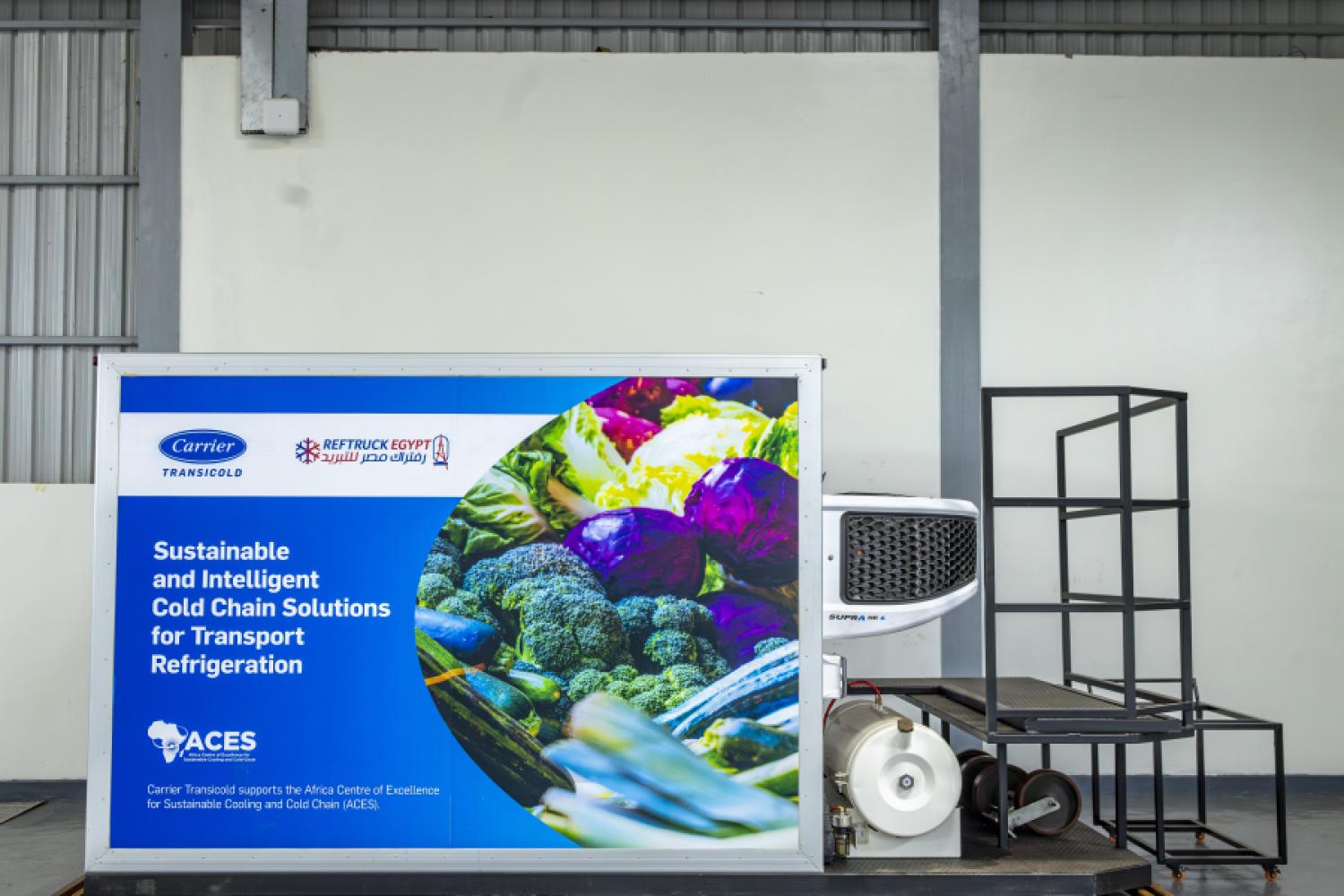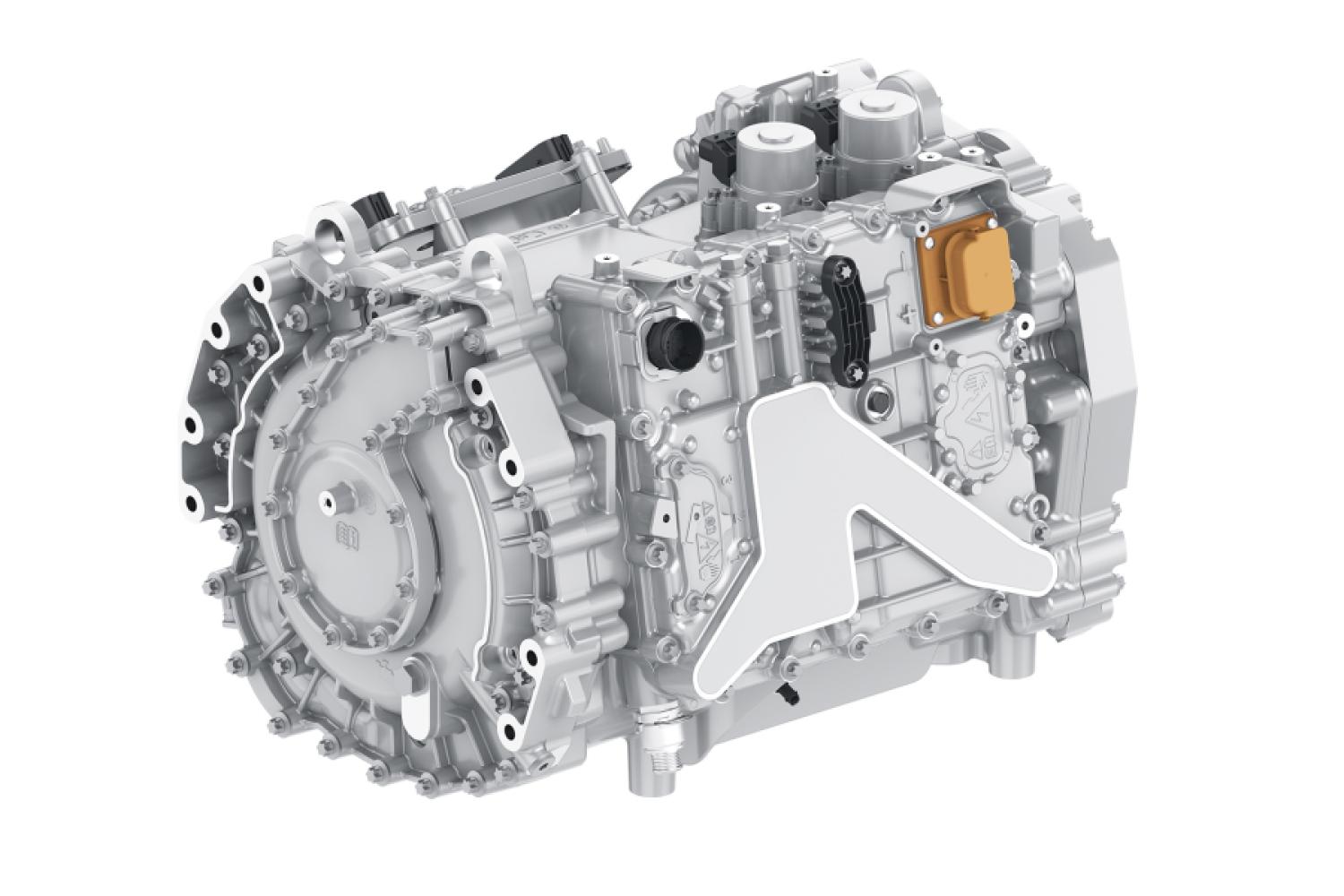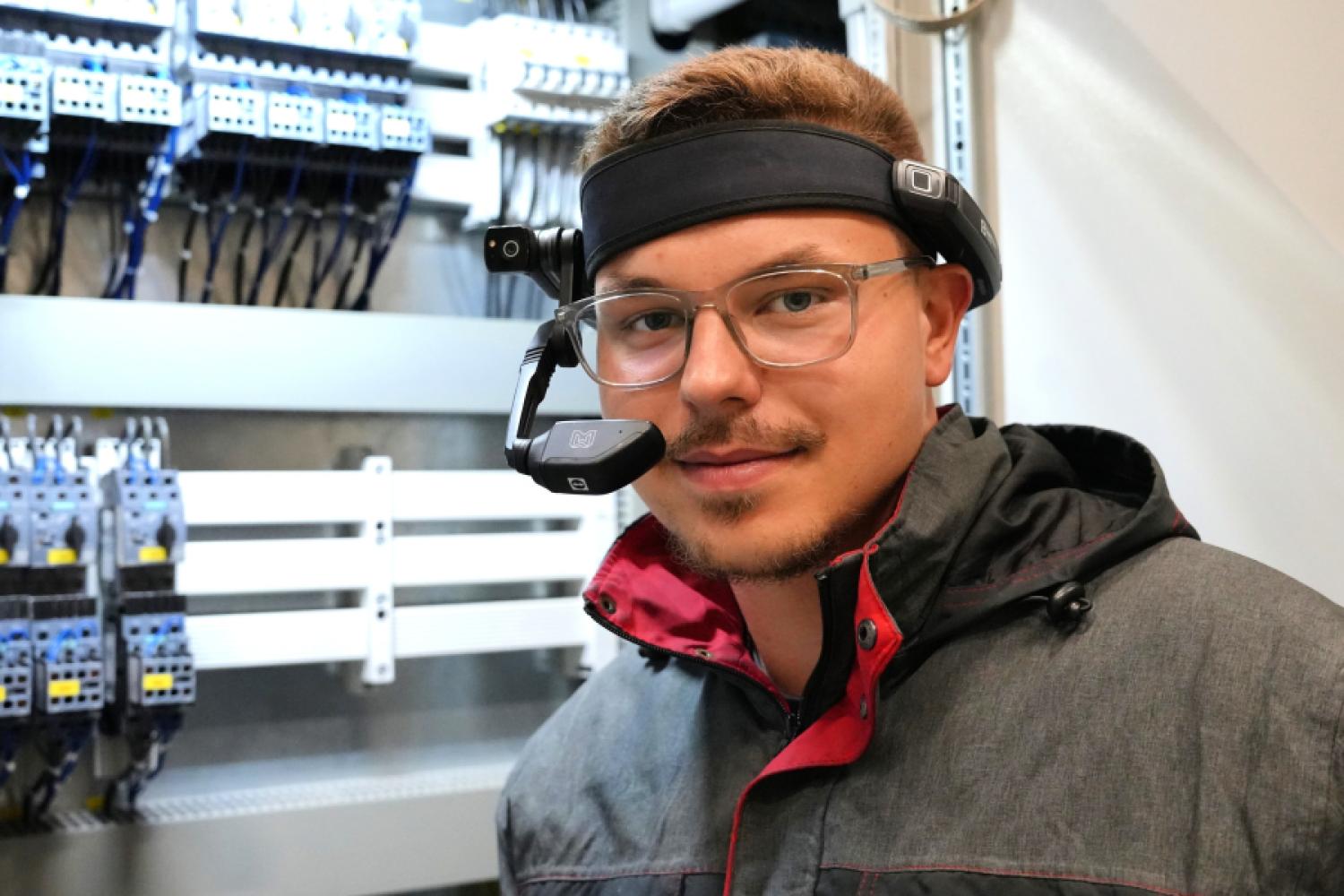The successor to the Mercedes Vito and V-Class, as well as the eVito and EQV, is gaining momentum - and has now hinted at its potential as a universal electric luxury van during a long-distance drive. The journey from Stuttgart to Rome was almost 1,100 kilometers long, and Mercedes claims that the VLE required only two 15-minute charging stops to reach its destination. The prototype was not spared: at the start in Stuttgart, the outside temperature was 11 degrees Celsius, and the arrival in Rome was at 33 degrees, with the interior continuously air-conditioned to 22 degrees.
Thanks to its rear-wheel steering, the VLE proved to be very agile on winding roads and narrow streets, the manufacturer promotes. The van architecture aims to enable clear differentiation from 2026, between privately positioned,
in a new Swabian coinage "Grand Limousines" and commercially used transporters, which should not share much more than the base with the "Noble Hobel".
"Our future luxury vans have once again impressively demonstrated their everyday practicality on long distances. With only two short charging stops from Stuttgart to Rome, the Mercedes-Benz VLE demonstrates the high efficiency of our new Van Electric Architecture," says Andreas Zygan, Head of Development at Mercedes-Benz Vans.
All these tests were conducted either with so-called "mules" (French Mule) or with finished prototypes in series form. Now Mercedes has taken the next step and brought its latest prototypes with series headlights on the front and rear to the road. As expected from the "Benz," there are two "stars" side by side at the front for daytime running lights
and turn signals. One can also expect a typical, upright, and large-format grill, possibly with stylistic chrome applications.
And perhaps the VLE also takes on the "bold" Powerdomes of the Vision V study, as suggested by the first images of the "series prototypes." In any case, the width should remain under two meters, the body relies on short overhangs and a long wheelbase, which creates space for the battery, but also passengers and luggage. With all-wheel steering, any disadvantages in terms of turning circle are compensated for.
Differentiated Body
The primary differentiation should be the side silhouette with a rearward-sloping roofline and stronger side indentations ("Fishtail"), where Vito and V-Class currently look almost identical. This is also important for aerodynamics, whereas space utilization has priority in the transporter. One can expect
a height significantly below two meters. The rear is particularly striking. Will Mercedes install the taillights we saw on the Vision V study? It seems so! The popular, separate-opening rear window, low loading edge, as well as a standard and a long version, are also likely to remain. The charging port, in turn, is relocated to the rear right, requiring reverse parking at the charging station. However, this position is less prone to bumps.
In addition to the up to eight-seater and more pragmatic VLE, there will also be a VLS. With this luxurious sister model, in the trend of electric luxury shuttles from China, Mercedes now aims to attract customers in the USA, Canada, and China. For the van division with a star, 2026 is set to become the "big
